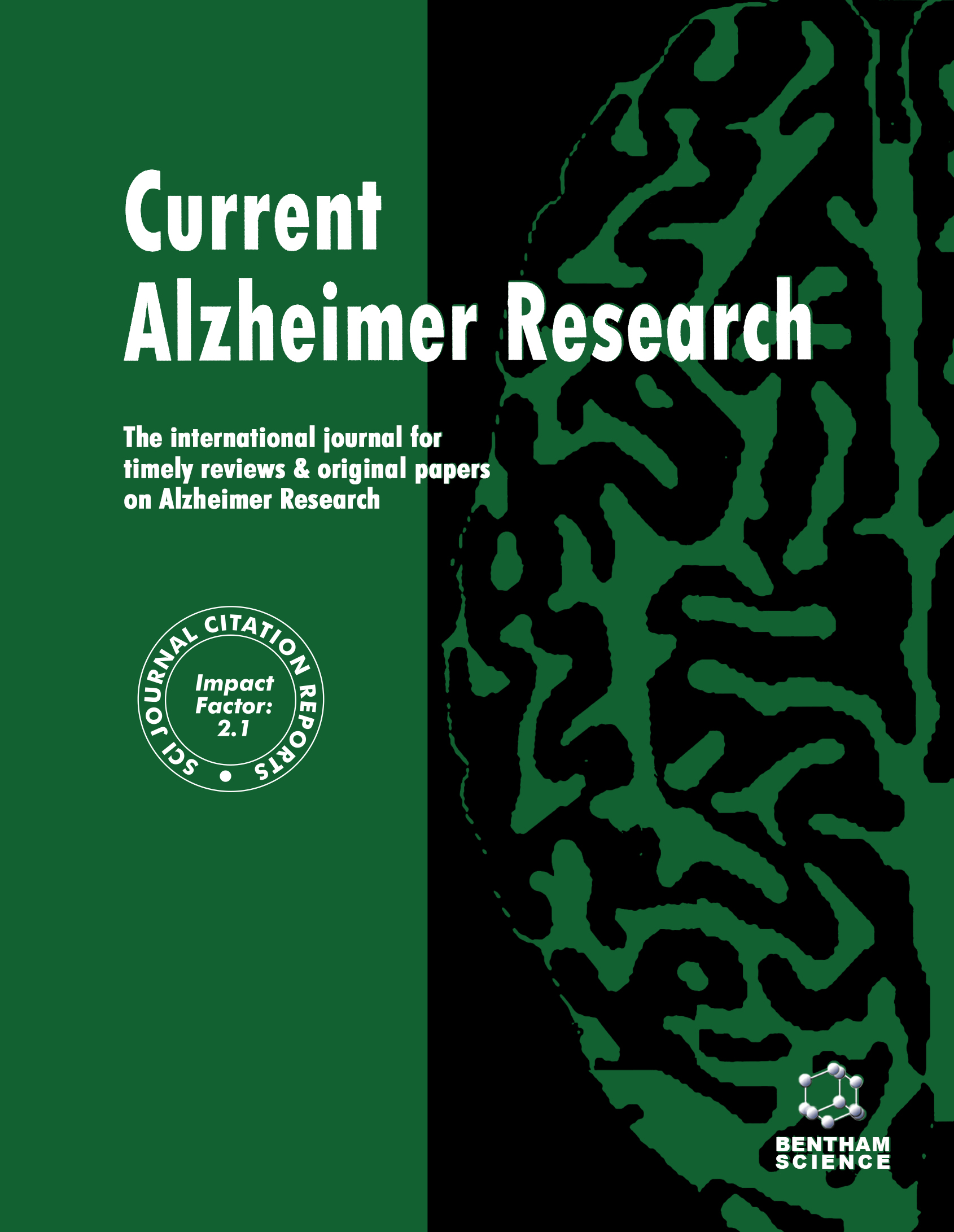-
s Tau PET Distributional Pattern in AD Patients with Visuospatial Dysfunction
- Source: Current Alzheimer Research, Volume 16, Issue 11, Sep 2019, p. 1055 - 1062
-
- 01 Sep 2019
Abstract
Background: Visuospatial dysfunction is one predominant symptom in many atypical Alzheimer’s disease (AD) patients, however, until now its neural correlates still remain unclear. For the accumulation of intracellular hyperphosphorylated tau proteins is a major pathogenic factor in neurodegeneration of AD, the distributional pattern of tau could highlight the affected brain regions associated with specific cognitive deficits. Objective: We investigated the brain regions particularly affected by tau accumulation in patients with visuospatial dysfunction to explore its neural correlates. Methods: Using 18F-AV-1451 tau positron emission tomography (PET), voxel-wise two-sample t-tests were performed between AD patients with obvious visuospatial dysfunction (VS-AD) and cognitively normal subjects, AD patients with little-to-no visuospatial dysfunction (non VS-AD) and cognitively normal subjects, respectively. Results: Results showed increased tau accumulations mainly located in occipitoparietal cortex, posterior cingulate cortex, precuneus, inferior and medial temporal cortex in VS-AD patients, while increased tau accumulations mainly occurred in the inferior and medial temporal cortex in non VS-AD patients. Conclusion: These findings suggested that occipitoparietal cortex, posterior cingulate cortex and precuneus, which were particularly affected by increased tau accumulation in VS-AD patients, may associate with visuospatial dysfunction of AD.


